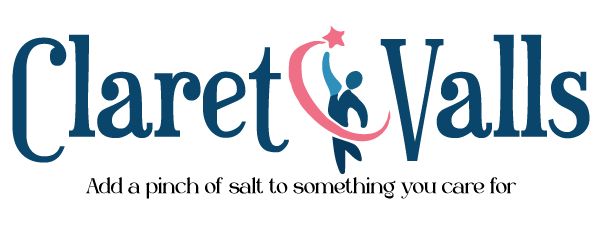In the modern digital age, the art of forgery has taken on a new level of sophistication, especially when it comes to fake diplomas. Gone are the days of simple counterfeit documents created with basic tools; today’s forgers employ advanced technology and intricate methods to produce remarkably convincing replicas of educational certificates. These sophisticated fakes pose a significant threat to educational institutions, potential employers, and society as a whole. With the growing demand for higher education and the competitive job market, the allure of obtaining a diploma without the necessary effort and academic rigor has driven many individuals to seek the services of these skilled forgers. One of the primary reasons behind the increased sophistication of fake diplomas is the widespread accessibility of advanced design software and printing technology. These tools enable forgers to replicate the smallest details of legitimate diplomas, including intricate emblems, holograms, and watermarks.
The result is a counterfeit document that appears indistinguishable from the genuine article, making it incredibly challenging for employers or educational institutions to detect the fraud. Additionally, the internet has become a breeding ground for diploma mills and websites offering fake credentials, creating a thriving underground market for these illicit services. Furthermore, forgers have become adept at exploiting the vulnerabilities in the verification processes used by institutions and employers. Many organizations rely on outdated methods of verification, such as manually checking diplomas or using unreliable databases. This lack of robust authentication procedures leaves them susceptible to accepting fraudulent diplomas unknowingly. Moreover, the increasing prevalence of remote work and digital communication has made it even easier for individuals to submit forged documents, as they are not required to present physical copies for inspection. The implications of fake diplomas extend far beyond the individuals who utilize them for personal gain. In academic settings, the presence of students with fake credentials undermines the integrity of the educational system. Genuine students may feel cheated by those who obtain degrees through dishonest means, and the credibility of the institution itself is at risk.
For employers, hiring individuals with counterfeit diplomas can lead to significant financial losses, reduced productivity, and reputational damage view https://lambang-toanquoc.org/. Moreover, the inclusion of unqualified individuals in professional positions jeopardizes the safety and quality of services provided, especially in fields that require specialized knowledge and expertise. To combat the growing sophistication of fake diplomas, a multi-faceted approach is essential. Educational institutions and employers must adopt advanced verification methods, such as blockchain-based credentialing, to ensure the legitimacy of applicants’ credentials. Collaboration between academic institutions, regulatory bodies, and law enforcement is also crucial in identifying and shutting down diploma mills and websites that facilitate the sale of fake diplomas. Additionally, promoting a culture of academic integrity and emphasizing the importance of genuine achievements can discourage individuals from seeking fraudulent credentials in the first place.
